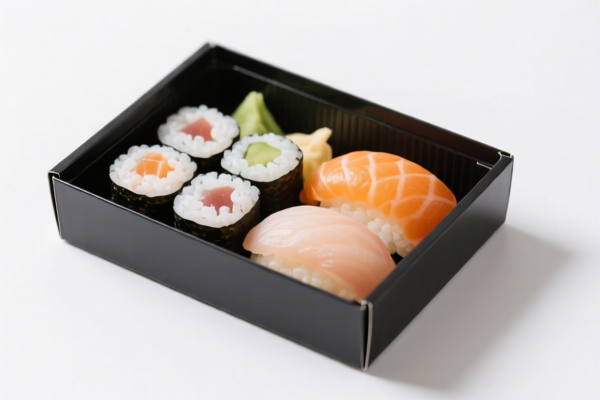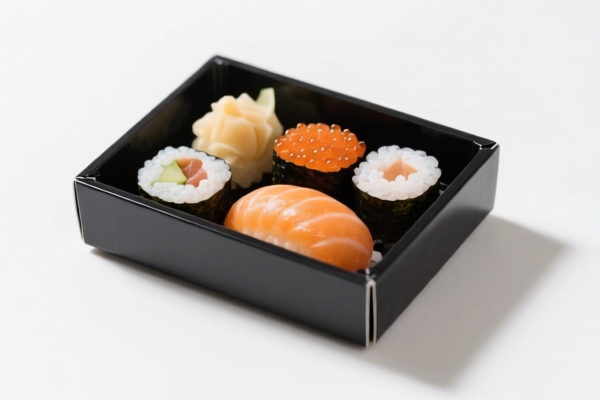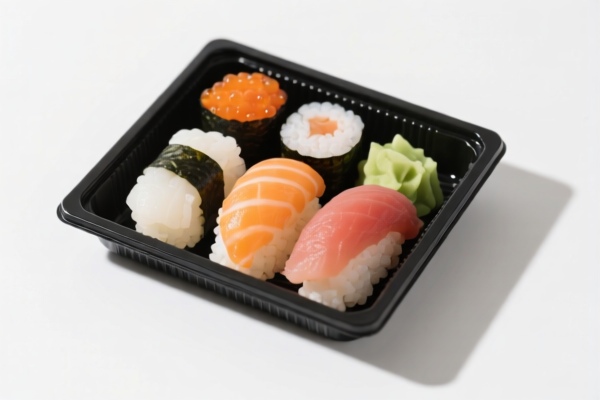| HS Code | Official Doc | Tariff Rate | Origin | Destination | Effective Date |
|---|---|---|---|---|---|
| 1905909090 | Doc | 42.0% | CN | US | 2025-05-12 |
| 3923900080 | Doc | 58.0% | CN | US | 2025-05-12 |
| 4602190500 | Doc | 60.0% | CN | US | 2025-05-12 |
| 8210000000 | Doc | 58.7% | CN | US | 2025-05-12 |




Okay, let's break down the HS codes and tax implications for your "SUSHI KIT" declaration. Here's a structured analysis to help you understand the classification and potential costs:
Understanding HS Codes – A Quick Primer
HS codes (Harmonized System codes) are internationally standardized codes used to classify traded products. The first 6 digits are generally consistent worldwide, while additional digits are used for more specific categorization by individual countries. Here's how to interpret them:
- Chapter (First 2 digits): Broad category of goods.
- Heading (First 4 digits): More specific grouping within the chapter.
- Subheading (First 6 digits): Further refinement of the heading.
- Additional Digits: Country-specific details.
Analysis of Your Declared HS Codes
Let's go through each code you provided:
1. 1905.90.90.90 – Bread, pastry, cakes, biscuits and other bakers' wares
- Chapter 19: Preparations of cereals, flour, starch or milk; bakery, confectionery or similar products.
- Heading 1905: Bread, pastry, cakes, biscuits and other bakers' wares.
- Subheading 1905.90: Other.
- Additional Digits 1905.90.90.90: Specifically, other types of bakery wares not elsewhere specified.
- Tax:
- Basic Tariff: 4.5%
- Additional Tariff: 7.5% (until April 2, 2025)
- Additional Tariff: 30% (after April 2, 2025)
- Total Tax: 42.0%
- Notes: This code likely applies to any bread or pastry components included in your sushi kit.
2. 3923.90.00.80 – Articles for the conveyance or packing of goods, of plastics
- Chapter 39: Plastics and articles thereof.
- Heading 3923: Articles for the conveyance or packing of goods, of plastics.
- Subheading 3923.90: Other.
- Additional Digits 3923.90.00.80: Other plastic packing articles.
- Tax:
- Basic Tariff: 3.0%
- Additional Tariff: 25.0% (until April 2, 2025)
- Additional Tariff: 30% (after April 2, 2025)
- Total Tax: 58.0%
- Notes: This code would cover any plastic containers, trays, or wrapping used in the kit.
3. 4602.19.05.00 – Basketwork, wickerwork and other articles, made directly to shape from plaiting materials
- Chapter 46: Manufactures of plaiting materials, straw, esparto or similar materials.
- Heading 4602: Basketwork, wickerwork and other articles, made directly to shape from plaiting materials.
- Subheading 4602.19: Of vegetable materials.
- Additional Digits 4602.19.05.00: Fishing baskets or creels.
- Tax:
- Basic Tariff: 5.0%
- Additional Tariff: 25.0% (until April 2, 2025)
- Additional Tariff: 30% (after April 2, 2025)
- Total Tax: 60.0%
- Notes: This code seems specific to fishing baskets. If your kit includes similar baskets used for presentation, this might apply, but double-check the material and intended use.
4. 8210.00.00.00 – Hand-operated mechanical appliances
- Chapter 82: Blades, cutting tools, hand tools, and articles of cutlery.
- Heading 8210: Hand-operated mechanical appliances, weighing 10 kg or less.
- Subheading 8210.00: Other.
- Additional Digits 8210.00.00.00: General classification for hand tools.
- Tax:
- Basic Tariff: 3.7%
- Additional Tariff: 25.0% (until April 2, 2025)
- Additional Tariff: 30% (after April 2, 2025)
- Total Tax: 58.7%
- Notes: This code would apply to any hand tools included in the kit (e.g., sushi knives, rice spreaders).
Important Considerations & Recommendations:
- Material Verification: The HS code for basketwork (4602.19.05.00) is very specific. Ensure the material is truly vegetable-based and the intended use matches.
- Component Breakdown: If your kit contains a variety of materials, ensure each component is classified under the most accurate HS code.
- April 2, 2025 Tariff Changes: Be aware of the upcoming tariff increases. Factor this into your cost calculations.
- Country of Origin: The tariffs listed are based on import into China.
- Certifications: Depending on the materials used (especially those in contact with food), you may need certifications like food-grade certificates or material safety data sheets (MSDS).
- Single Declaration: Consider if declaring all components under a single HS code is appropriate, or if separate declarations are necessary for accuracy.
Disclaimer: I am an AI assistant and this information is for general guidance only. It is crucial to consult with a licensed customs broker or import specialist in China for definitive classification and compliance advice. They can review your specific product details and ensure you meet all regulatory requirements.
Customer Reviews
No reviews yet.